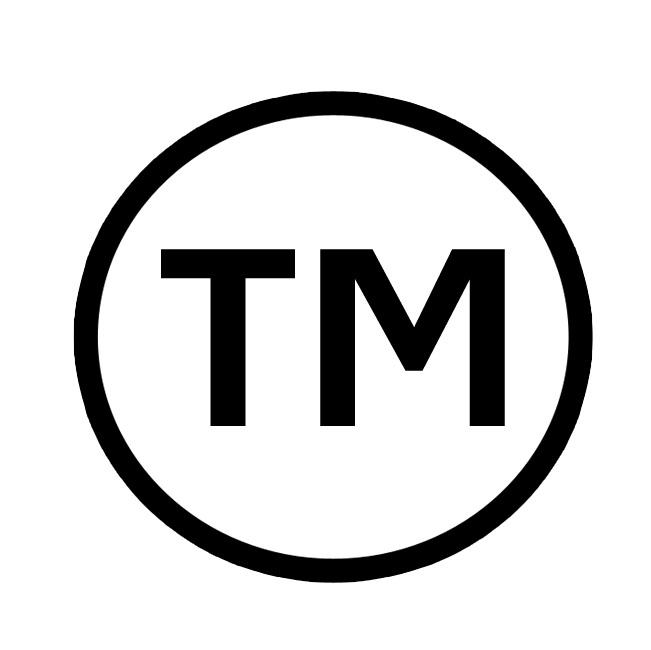 You’ve got the perfect idea for the next big thing. An app that everyone needs, if only they could have thought of it. You’ve secured funding (or not), you’re working toward the big unveiling, and all that’s left is to pick the perfect name that will instantly garner respect, portray trustworthiness, and leave a lasting impression in the minds of your soon-to-be-loyal fans.
You’ve got the perfect idea for the next big thing. An app that everyone needs, if only they could have thought of it. You’ve secured funding (or not), you’re working toward the big unveiling, and all that’s left is to pick the perfect name that will instantly garner respect, portray trustworthiness, and leave a lasting impression in the minds of your soon-to-be-loyal fans.
You and your team have thrown around a few ideas, and you’ve narrowed it down to a shortlist of candidates. So, how do you pick the one that’s “right”? And, once you do, what do you do to make sure that you–and you alone–maintain exclusive control over the reputation of your new brand in the marketplace?
From a legal perspective, this starts with selecting something that can actually be protected as a trademark. This involves analysis of a few different factors.
Choosing a Protectable Trademark and Staying Out of Trouble
First, it is important to understand that not everything can be protected as a trademark. In particular, “generic” terms cannot be used as trademarks, and terms that are “merely descriptive” can be protected only after they garner recognition and a reputation in the marketplace. Fundamentally this makes sense–everyone needs to be able to call a coffee cup a “coffee cup,” for example, so Starbucks cannot claim exclusive rights in this generic term.
Second, trademark rights are exclusive–meaning that once one company adopts a trademark no other company can adopt a “confusingly similar” trademark for use on competing products or services. As a result, it is absolutely critical to perform the necessary research to make sure that you aren’t setting yourself up for a trademark infringement lawsuit and a prompt re-branding campaign by choosing a trademark that is already in use by someone else.
Protecting Your Trademark and the Image of Your Brand
Once you decide on the trademark for your new product, the next step is to apply for trademark registration with the USPTO. This step is fundamental to developing an enduring and valuable brand, and it helps let competitors and start-ups know that you are serious about claiming exclusive rights in your name or logo. Besides that, it builds significant value in the trademark (which is an asset in and of itself), which can become an important factor in negotiations with third parties and with potential buyers when it comes time to sell.
“But,” you may say, “I’ve heard trademark rights are automatic, and I don’t care if someone else uses my name anyway–we’re the original, and our fans won’t be confused by some inferior copycat.”
Well, for one, federal trademark registration provides significant additional benefits (which will be the topics of discussion in later articles), and for numerous reasons is more than worth the investment. For another, you may know enough about your company to immediately differentiate competitors, but other people probably don’t. In this age of instant gratification, the mere hint of confusion or lack of brand control can be enough to cause some consumers to move on. Finally, you (or your successors if you have plans to sell out and move on) may well want to take a more aggressive brand development stance in the future, and starting the process late can mean additional unnecessary costs and headaches (take, for example, Twitter’s five-year battle to control the trademark rights in “tweet”).
Long story short, putting the necessary effort into selecting and protecting a valuable trademark in the short term will pay dividends down the road. This day in age there really is no good reason for an online business not to take active measures to develop and protect its trademark rights. Trademarks are key intangible assets that need to be cultivated and protected in order to position the business for long-term success.






